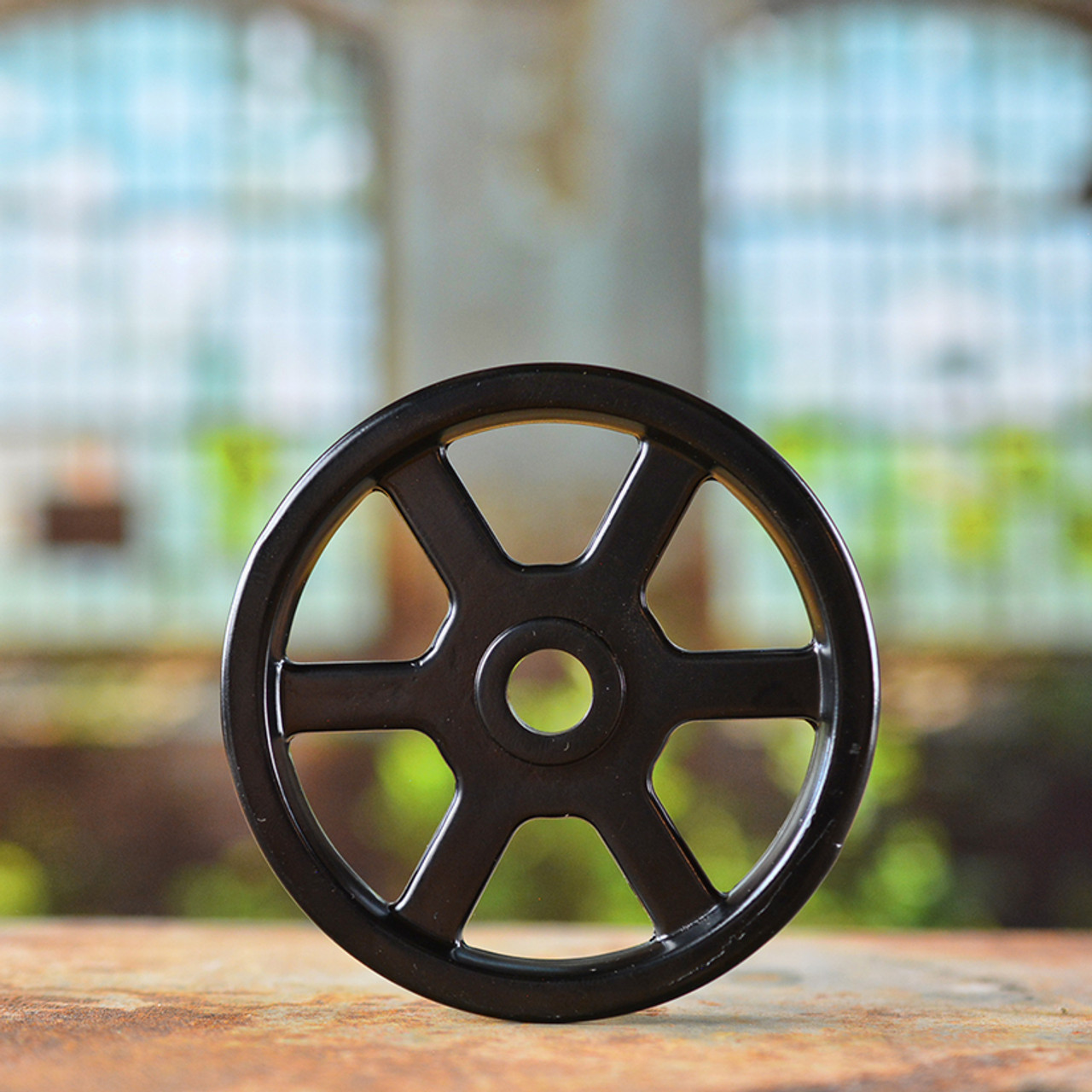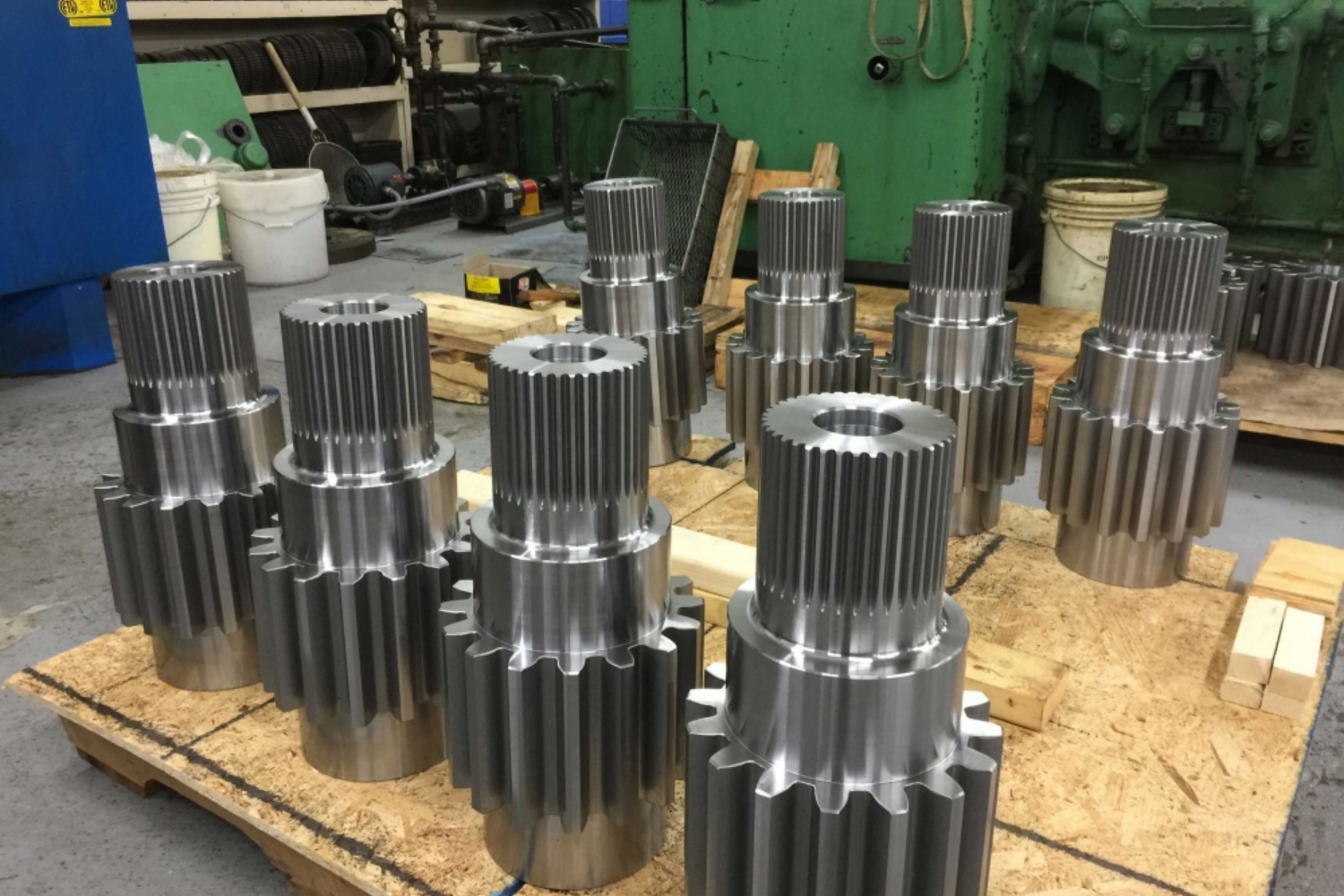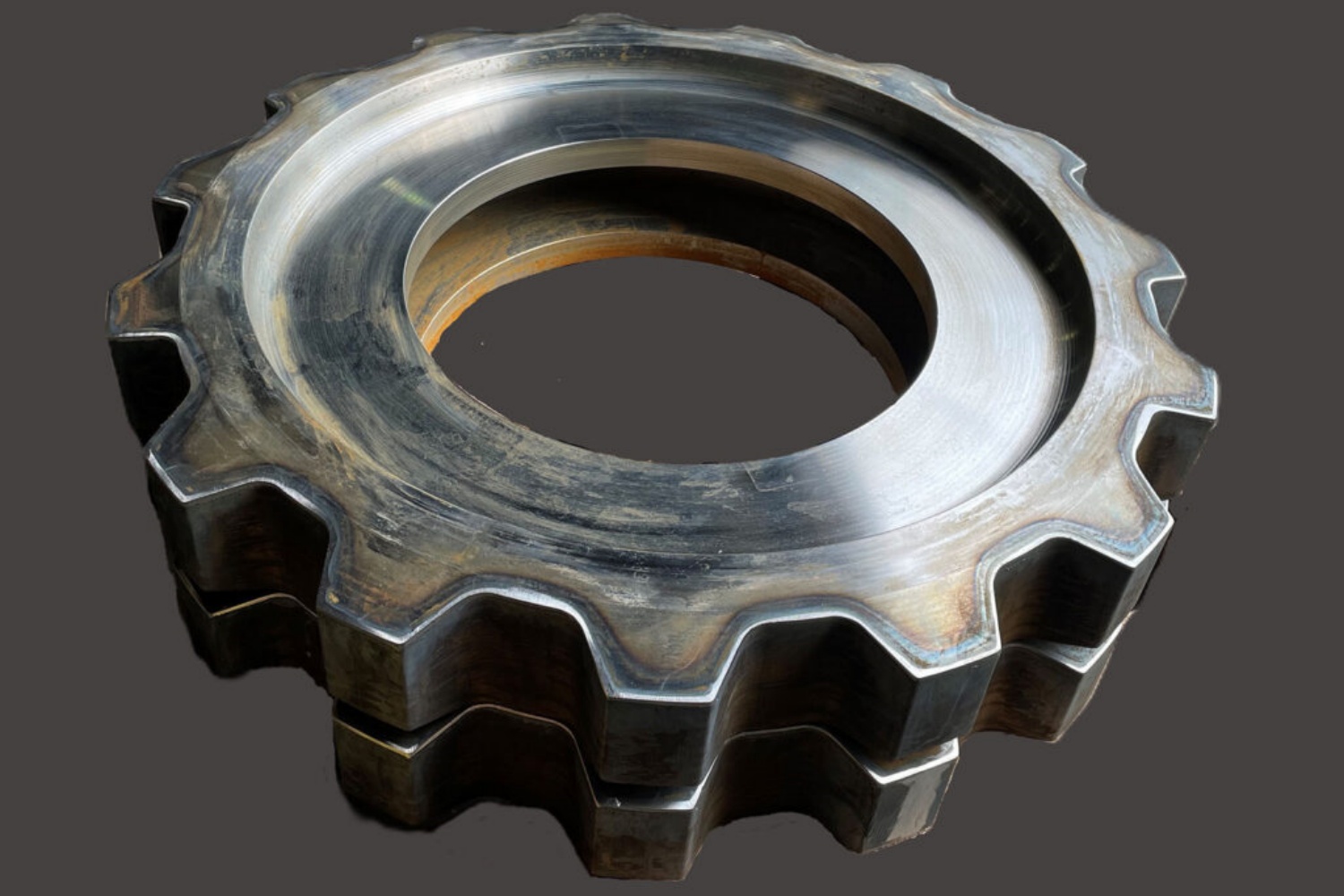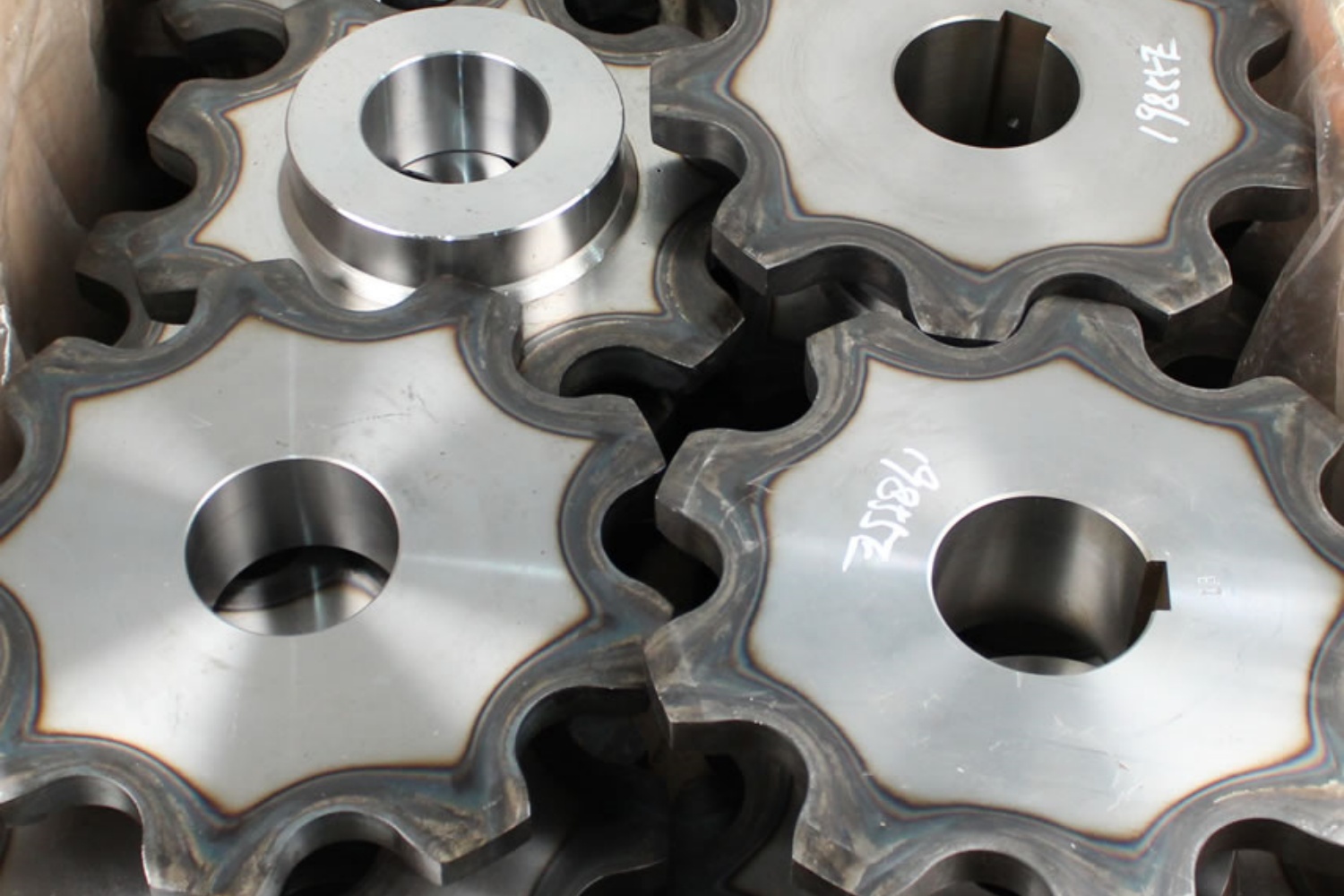V-pulleys are integral components of power transmission systems, ensuring efficient belt-driven operation in various industrial applications. While their performance is influenced by numerous factors, one often overlooked aspect is the ambient temperature. Temperature fluctuations can have a significant impact on V-pulley functionality, leading to potential performance issues and reduced lifespan. In this article, we will explore the actual impact of ambient temperature on V-pulleys, highlighting the challenges they face and discussing strategies to mitigate temperature-related issues. By understanding these effects, engineers and operators can make informed decisions to ensure optimal V-pulley performance across a wide range of operating conditions.
Thermal Expansion and Contraction :
Ambient temperature variations cause materials to expand and contract. In the case of V-pulleys, this thermal expansion and contraction can affect their dimensions and create challenges in belt alignment and tensioning. Higher temperatures can cause the pulley to expand, potentially leading to misalignment and increased belt wear. Conversely, colder temperatures can result in pulley contraction, causing slack in the belt and reduced power transmission efficiency.
Material Properties and Heat Dissipation :
Different materials used in V-pulley construction have varying thermal properties. It is crucial to consider these properties when selecting pulleys for specific temperature ranges. For instance, materials with poor heat dissipation capabilities may cause the pulley to retain heat, leading to elevated operating temperatures. This can affect the overall performance and lifespan of the V-pulley, necessitating careful material selection for temperature-sensitive applications.
Lubrication and Viscosity Changes :
Ambient temperature influences the lubrication properties of oils and greases used in V-pulley systems. Extreme temperatures can alter the viscosity of the lubricants, affecting their ability to reduce friction and dissipate heat. Insufficient lubrication due to viscosity changes can lead to increased wear, heat buildup, and premature failure of the V-pulley. Therefore, selecting appropriate lubricants and monitoring their viscosity in relation to the operating temperature is crucial for maintaining optimal pulley performance.
Belt Performance and Durability :
Ambient temperature directly affects the performance and durability of the belts used in conjunction with V-pulleys. High temperatures can cause belts to soften, resulting in reduced stiffness, increased stretch, and diminished power transmission capabilities. On the other hand, cold temperatures can cause belts to become stiff and prone to cracking, compromising their overall durability. Proper belt selection based on the expected temperature range is essential to ensure optimal performance and longevity in V-pulley systems.
Cooling and Ventilation Considerations :
In applications where V-pulleys are exposed to high temperatures, implementing adequate cooling and ventilation mechanisms becomes crucial. This can include the installation of cooling fans, heat sinks, or airflow management systems to dissipate excess heat and maintain the pulley’s temperature within acceptable limits. Effective cooling measures help to mitigate the negative effects of high temperatures, improving the performance and lifespan of V-pulleys.
Maintenance and Inspections :
Regular maintenance and inspections play a vital role in identifying temperature-related issues in V-pulley systems. This includes monitoring operating temperatures, checking for signs of excessive wear or heat damage, and ensuring proper lubrication. Prompt maintenance interventions can prevent catastrophic failures and extend the overall lifespan of the V-pulleys.
Conclusion :
Ambient temperature has a significant impact on the performance and longevity of V-pulleys. Understanding the actual effects of temperature variations is crucial for selecting appropriate materials, implementing proper cooling measures, and maintaining optimal performance in diverse operating conditions. By considering thermal expansion and contraction, material properties, lubrication changes, belt performance, and ventilation requirements, engineers and operators can mitigate the negative impacts of ambient temperature, ensuring reliable and efficient operation of V-pulley systems. Proactive maintenance and regular inspections further contribute to prolonging the lifespan and maximizing the performance of V-pulleys in a wide range of temperature environments.
CONTINUE READING
Related Posts
In the dynamic landscape of mechanical engineering, spline shafts have played a pivotal role in power transmission and motion control. […]
In the world of industrial machinery, sprockets play a critical role in the efficiency, performance, and durability of various equipment. […]
Conveyor sprockets are vital in material handling systems, driving the chains and belts that transport products across various industries. In […]





